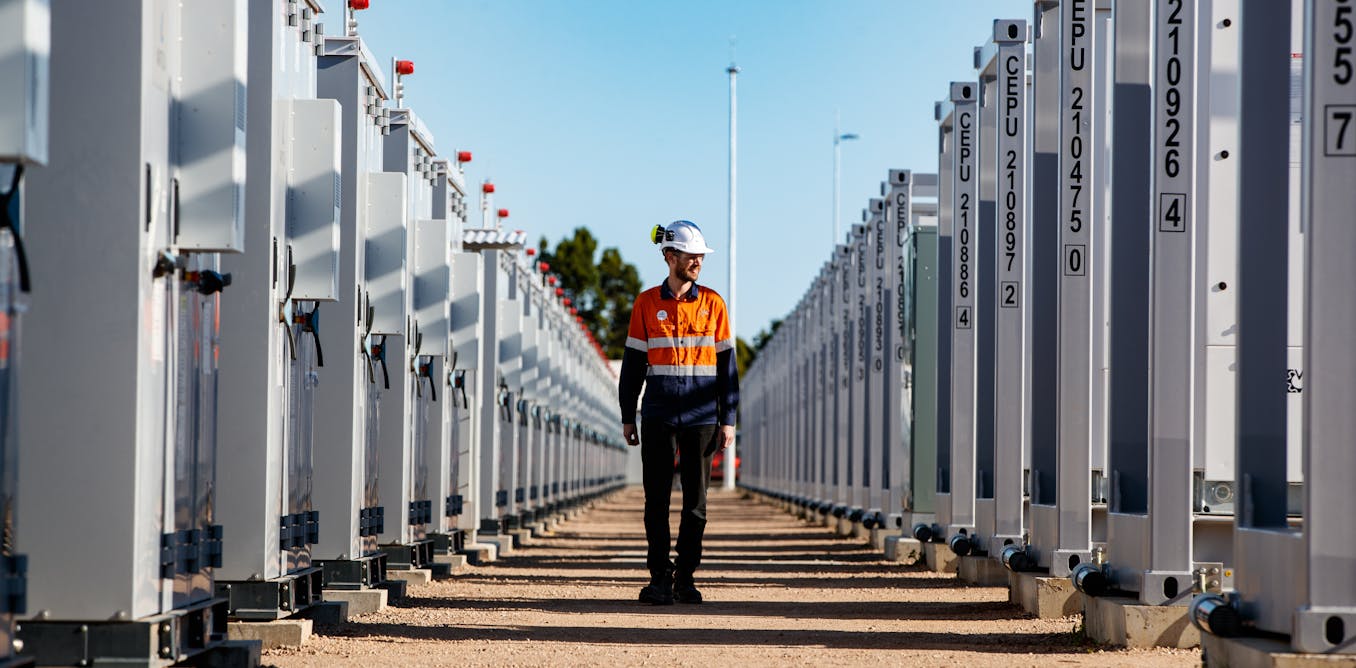Why 99.5% Of Big Projects Fail
In the world of big projects, the staggering statistic that only 0.5% are completed on time, within budget, and meet expectations is a wake-up call for stakeholders across industries. In a recent Business Insider interview, Dan Gardner, co-author of How Big Things Get Done, sheds light on the pitfalls associated with megaprojects, drawing on insights from over 16,000 case studies. This deep dive reveals not only the reasons for failure but also highlights examples of successes that defy the odds.
The discussion begins by reflecting on global spectacles like the Olympics, which often spiral into financial chaos. Gardner emphasizes that these events can turn into black holes for resources, thanks to overspending and misguided expectations. Such failures serve as cautionary tales, showcasing common missteps in project management and execution.
Another key subject in the conversation is the California High-Speed Rail, a project that epitomizes the struggle of modern infrastructure initiatives. Initially touted as a transformative endeavor, it has faced significant delays and ballooning costs, now projected to exceed $100 billion. Gardner’s analysis illustrates how poor planning and miscommunication fraught with political challenges can lead to stagnation, rendering these megaprojects ineffective before they even start.
The video also features the world’s largest tunnel machine, representing the complexities inherent in heavy construction projects. As Gardner explains, the intricacies in logistics, engineering, and team dynamics can derail even the most ambitious designs if not managed meticulously.
Perhaps one of the most striking examples of megaproject failure is the Sydney Opera House, which ended up costing 1,400% more than the original budget. Gardner uses this case to underline how unrealistic timelines and a lack of adaptive management can lead to disastrous outcomes. Such historical blunders serve as lessons in the critical need for realistic project scoping and stakeholder alignment.
In contrast, the narrative takes an uplifting turn as Gardner praises the resilience of projects like the Empire State Building and the Hoover Dam. These structures not only showcase exceptional planning and execution but also illustrate how effective leadership and innovative thinking can conquer the challenges inherent in large-scale initiatives. These successes serve as models for what can be achieved when the right frameworks and strategies are employed.
The video further explores the Guggenheim Bilbao and the role of uniqueness bias in project planning. This concept underscores how singularly ambitious projects may detract from focusing on proven methodologies that lead to success. Gardner cautions against the allure of innovation at the expense of efficiency, suggesting that the best outcomes often arise from tried-and-true practices.
In conclusion, the insights shared by Gardner encapsulate the harsh realities of megaproject management while simultaneously energizing the conversation around what makes projects succeed. As industry leaders reflect on the dismal success rates of big projects, there is hope that by learning from the past and adhering to principles of solid planning and realistic expectations, we can pave the way for a more successful future in infrastructure and beyond.
Watch the video by Business Insider
Video “Why 99.5% Of Big Projects Fail | Big Business | Business Insider” was uploaded on 06/28/2025 to Youtube Channel Business Insider







































16 views in 2 mins yall fell off
n word